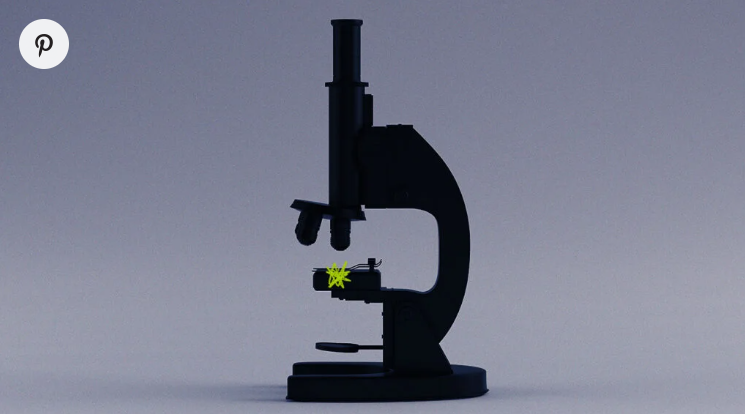- Researchers have uncovered how a common fungus enters the brain and generates toxic proteins implicated in Alzheimer’s disease.
- By studying animal models, the team found that the fungus Candida albicans uses enzymes to penetrate the blood-brain barrier and trigger brain cells to both clear the infection and produce amyloid beta peptides.
- The findings reveal a potential new mechanism behind Alzheimer’s development, which could open new avenues for novel treatment strategies.
Scientists at Baylor College of Medicine in Houston and collaborating institutions discovered how Candida albicans enters the brain and triggers two separate mechanisms that promote its clearance.
Previous research has linked fungi to chronic neurodegenerative conditions like Alzheimer’s disease, but there is limited understanding of how these common microbes could contribute to the development of such conditions.
In this new study, published in Cell ReportsTrusted Source, the researchers investigated the connection between C. albicans and Alzheimer’s disease in animal models.
C. albicans is a yeast — a type of single-celled fungus — and is part of the natural microflora, which are the microorganisms that inhabit the body.
In normal amounts, C. albicans usually does not cause any problems. However, overgrowths can occur, leading to infections.
The fungus, which has been detected in the brains of individuals with Alzheimer’s disease, can produce amyloid proteins similar to those that build up in the brains of people with Alzheimer’s disease.
“We wanted to know through this work how the body fights off this very important fungus, Candida albicans, which infects all persons, to the best of our knowledge,” said senior author Dr. David B Corry.
“We showed earlier that Candida gets into the mouse brain from the blood, so here we wanted to know how the brain fights off the fungus,” Dr. Corry explained.
Dr. Corry then pointed out the key findings of this new research to Medical News Today.
He told us that, first, C. albicans secretes enzymes that break down the blood-brain barrier, allowing the fungus to enter the brain.
Microglia, the brain’s infection-fighting cells, detect C. albicans through interactions between candidalysin, a Candida protein, and CD11b, a microglial protein. This triggers the microglia to eliminate the fungus.
Microglia also detect C. albicans through a second pathway — Candida proteinases cleave amyloid precursor protein on neurons into fragments that signal through toll-like receptor 4 on microglia, activating fungal killing.
Importantly, these fragments are similar to those found in Alzheimer’s patients, suggesting that Candida proteinases may contribute to the cognitive decline in Alzheimer’s by generating these neurotoxic fragments.

1 thought on “How a Candida infection could trigger mechanisms tied to Alzheimer’s know in 10 ways”